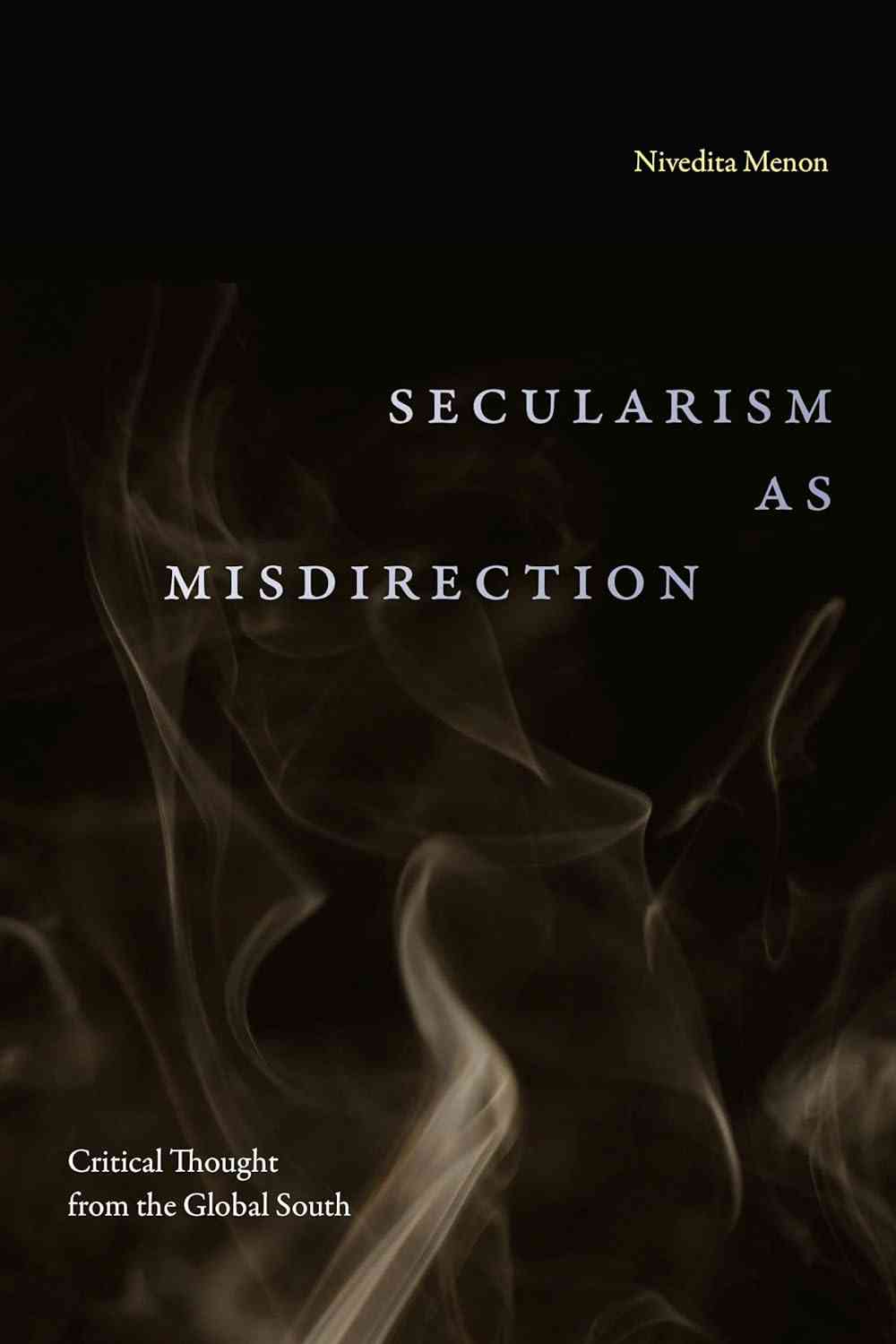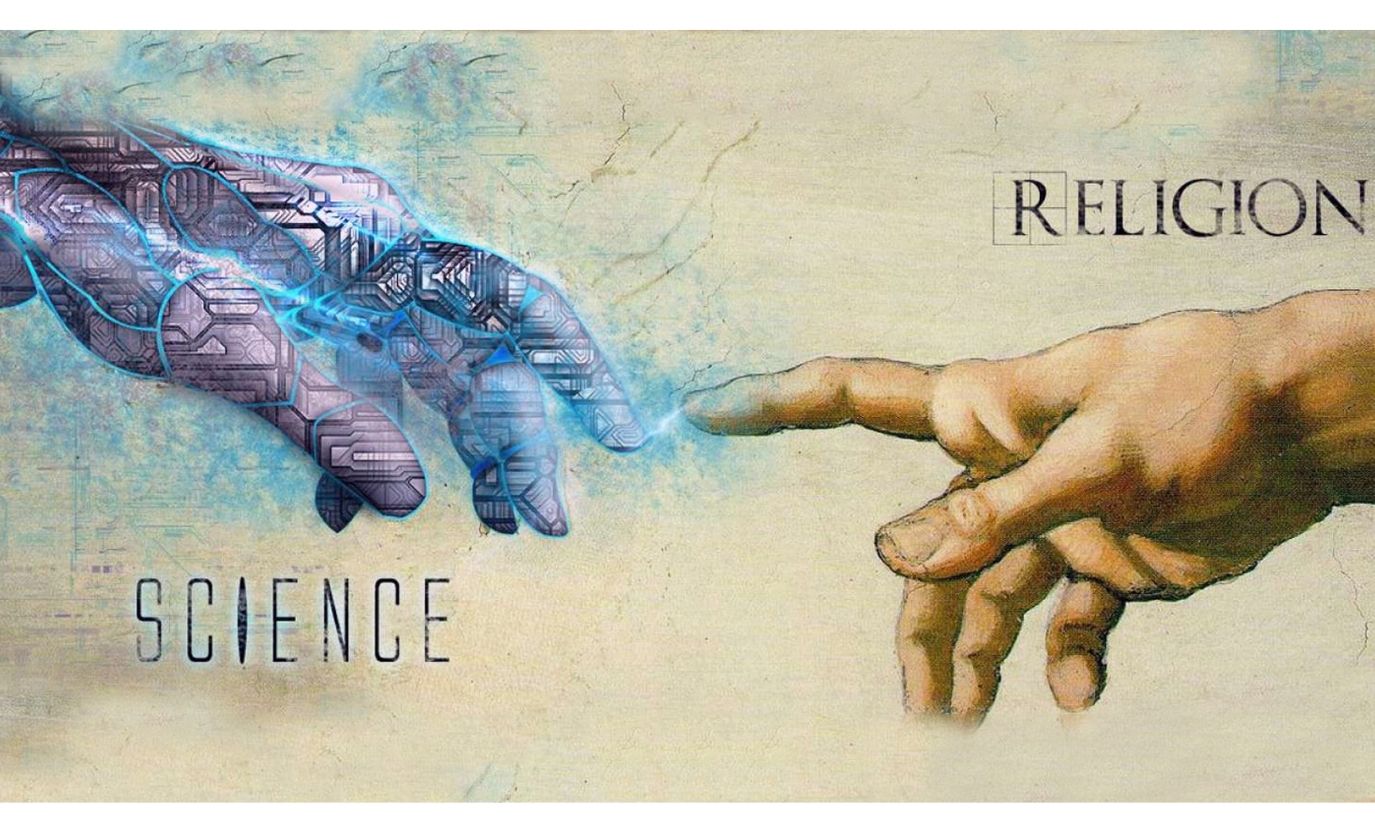Luke 10:25-37
The question "Who is my neighbor?" posed by a Jewish scholar in the parable of the Good Samaritan in the Gospel of Luke, at first glance, appears to be straightforward. However, this inquiry delves into intricate layers of meaning that ripple through history from biblical times into the complexities of contemporary society. The ethical ramifications of such a question are made abundantly clear through Jesus' transformative response. Instead of allowing the scholar to settle into his own definition of “neighbor,” Jesus reframes the dialogue by urging a shift in perspective: from simply asking “Who is my neighbor?” to contemplating “Whose neighbor am I?”
In this impactful context, Jesus goes beyond merely presenting a moral lesson; he illustrates his teaching through a compelling parable that features a figure traditionally viewed with disdain—the Samaritan—as the unexpected hero of the narrative. This Samaritan emerges as a powerful symbol of love, empathy, and compassion when others might not. For the audience in Luke’s time, who likely harbored biases against Samaritans, the choice to portray one as the protagonist would have been startling and countercultural. This Samaritan, through his actions, becomes the epitome of what it means to embody neighborliness, shattering preconceived notions of who is worthy of care and concern—de-othering the other.
The encounter takes on additional weight when we consider the reaction of the Jewish scholar, who, unable to acknowledge the Samaritan directly, defers to him indirectly. He remarks simply about "the one who showed mercy toward him," which highlights the deep-seated prejudice embedded in his worldview of othering. Jesus then challenges him, inviting the scholar not only to recognize this marginalized figure but also to emulate his behavior and become a neighbor himself.
Traditionally, the parable has been understood as conveying the vital message that even someone as marginalized as the despised Samaritan could and should be recognized as a neighbor by a Jew. This interpretation emphasizes the urgency of extending compassion beyond ethnic or kinship ties, asserting that the call to neighborliness extends universally to anyone who is in need, irrespective of their background.
While this reading is appealing for its ethical implications, it begs further inquiry. If the moral of the parable were reduced to merely urging a Jew to show kindness to a wounded Samaritan, or vice versa, it would present a significantly simpler lesson than what is ultimately delivered.
Shifting perspectives, some readers adopt a lens that places the victims at the center of the narrative. They argue that the parable serves as a call to action, encouraging individuals to take on the role of the Samaritan and reach out to those who are suffering. While this interpretation seems reasonable and ethically commendable, it does not fully illuminate why the narrative uniquely positions a Samaritan as the central figure and fails to account for the parable’s shocking punch.
Additionally, when the parable is analyzed through the dynamics of center and margin, it reveals a subversive quality that is central to its meaning. By reversing the order of sympathy and compassion—from higher social classes to lower ones—the narrative effectively disrupts conventional constructs surrounding love, compassion, and neighborliness. This interpretation suggests that the story’s true message goes beyond the simplistic idea of one ethnic group loving or helping another, whether it be love flowing from elites to the marginalized or the other way around. Instead, it aims to dismantle deep-rooted paradigms of social relations and power.
The discussion surrounding the concepts of center and margin is essential for understanding the broader implications of the parable. It raises important questions about who is granted the privilege of being at the center of societal narratives and who is pushed to the periphery. Additionally, it explores the definitions of love and compassion within these conflicting frameworks. The complexities of love, empathy, and neighborliness become especially evident when we acknowledge the epistemic violence inherent in the way societal structures favor those at the center, shaping relationships and establishing authority figures within this paradigm.
Summary
The inquiry "Who is my neighbor?" introduced by the Jewish scholar in Jesus' parable of the Good Samaritan is laced with deeper significance and implications, both in the ancient context and for contemporary audiences. By examining this ageless inquiry through a lens that highlights the dynamics of center and margin, we gain clearer insight into the subversive and transformative nature of the narrative. It emerges as a powerful commentary aimed at challenging and redefining dominant constructs of love and neighborliness, inviting us to reconsider our own positions and responsibilities within the framework of community and compassion.
Radical love transcends traditional boundaries and defies established norms. It manifests in ways that extend beyond societal expectations and limitations, fostering connections that are deep, inclusive, and unconfined by conventional frameworks. This form of love embraces diversity and advocates for understanding, compassion, and acceptance, encouraging individuals to engage with one another in more profound and transformative ways.
Rev. Dr. Philip P. Sam is a member of the faculty in the Department of Old Testament at Bethel Bible College, located in Punalur, Kerala.
Sources Consulted
Chalmer, Mathew. “Rethinking Luke 10: The Parable of the Good Samaritan Israelite.” Journal of Biblical Literature 139/3 (2020): 543-566.
Crossan, John Dominic. “Parable and Example in the Teaching of Jesus.” Semeia 1 (1974): 64–77.
Derrida, Jacques. Adieu to Emmanuel Levinas. Translated by Pascale-Anne Brault and Michael Naas. California: Stanford University Press, 1999.
Jenson, Sune Quotrup. “Othering, Identity Formation, and Agency.” Qualitative Studies 2/2 (2011): 63-78.
Keddie, Anthony. Who is My Neighbour?”: Ethnic Boundaries and the Samaritan Other in Luke 10:25-37.” Biblical Interpretation 28/2 (2020): 246-271.
Become a member
Get the latest news right in your inbox. We never spam!




















Comments
No Comments